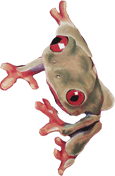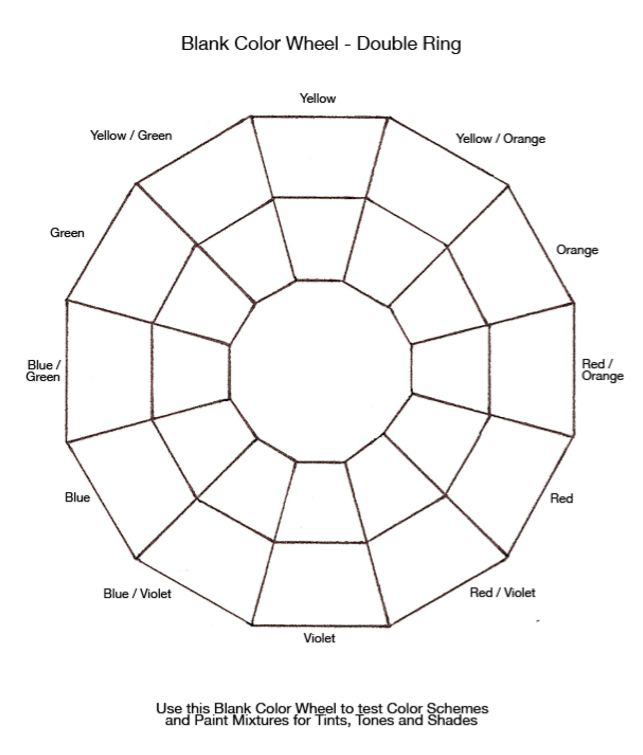Exercise 1. Colour Wheel Exercises
Exercise 1. Colour Wheel Exercises
These exercises are designed to go along with Lesson 1 and Lesson 2 of the Art Basics series by Christel Mol Dellepoort, pastel artist. If you’d like to use them to teach from in a class room or group setting, please contact me for ready-to-print handouts of these exercises and the lesson plans.
Below is an image of a blank colour wheel. You can download the image, then print it off 3 times, for 3 different exercises. Now get your colouring medium of choice ready: this can be water colours, pencils, hard or soft pastels, acrylic paint, oil paint. It is easiest to use a medium that blends well; because we will be mixing colours together to create new colours (hues), as well as tints, shades and tones.
1. Start with your 3 primary colours (check Lesson 1 again if you’d like), put them in the right places in the outer ring, with 2 boxes left white in between each. Then mix your secondary and then your tertiary colours and find the right places for them. Once your outer ring is filled with all 12 hues, we will move to the inner ring, and repeat the process, but with white added, to create a tint for each colour.
2. On the second blank colour wheel printout, repeat the outer ring as above, then move onto the inner ring and create a shade for each colour, by adding black.
3. On your third blank colour wheel printout, repeat the outer ring as above, then move onto the inner ring and mix each colour again, but this time with black and white (grey), to create a tone for each colour.
4. If you like, you can now also grab a blank piece of paper, and try mixing some of the 12 hues together and create new colours, then create a tint, shade and tone for these new colours as well. Play around and see what you come up with! Want to do more? There’s a bonus experiment at the bottom of this page!
Next lesson: Colour Harmony
Bonus Experiment 1.
Still with me and going strong? Ok great! Let’s give you a real challenge now! Look around your room and pick an item that has a solid colour. It could be a cup, a phone, a shirt someone is wearing in a photograph, anything. Your mission, if you choose to accept it, is to try and recreate that exact colour, as closely as you can (this message will not self-destruct in 10 seconds, don’t worry). Good luck! Let me know and share your experimentations and experiences with me in the comments below, or on my Facebook Page. I’d love to hear from you!


This Post Has 0 Comments